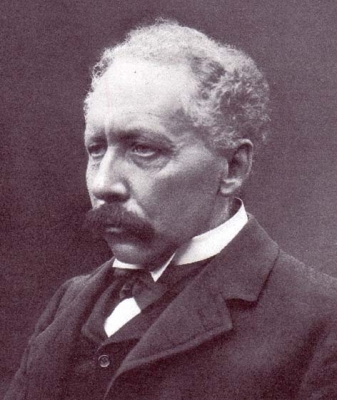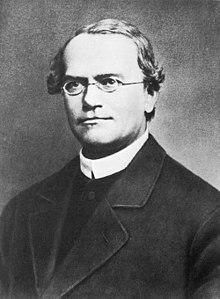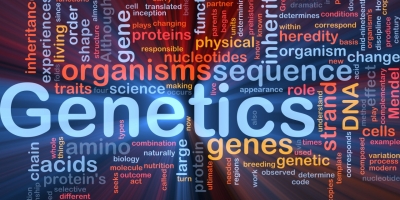
Gestation is the length of time between conception — the fertilization of an egg by a sperm — and the birth of the baby that grows from the fertilized egg. The length of gestation varies according to the species.
Gestation, in mammals, the time between conception and birth, during which the embryo or fetus is developing in the uterus. This definition raises occasional difficulties because in some species (e.g., monkeys and man) the exact time of conception may not be known. In these cases the beginning of gestation is usually dated from some well-defined point in the reproductive cycle (e.g., the beginning of the previous menstrual period).
The length of gestation varies from species to species. The shortest known gestation is that of the Virginian opossum, about 12 days, and the longest that of the Indian elephant, about 22 months. In the course of evolution the duration of gestation has become adapted to the needs of the species. The degree of ultimate growth is a factor, smaller animals usually having shorter periods of gestation than larger ones. Exceptions are the guinea pig and related South American rodents, in which gestation is prolonged (averaging 68 days for the guinea pig and 111 days for the chinchilla). The young of these species are born in a state of greater maturity than are those of the rat with its period of 22 days. Another factor is that, in many species with restricted breeding seasons, gestation is adjusted so that birth coincides with the period when food is most abundant. Thus the horse, a spring breeder with 11 months’ gestation, has its young the following spring, as does the sheep, a fall breeder with a five months’ gestation. Animals that live in the open tend to have longer gestations and to bear young that have reached a state of greater maturity than do animals that can conceal their young in underground burrows or in caves. Marsupials generally have short gestations—e.g., 40 days for the largest kangaroos. The young, born in an extremely immature state, transfer to the pouch in which gestation may be said to continue.
Embryos of some species experience an arrest in development that greatly prolongs gestation. This is especially true of the fur-bearing carnivores the martens and weasels. Embryos of the European badger and American marten, which breed in July and August, develop for a few days, and then lie dormant in the uterus, being implanted in January. Birth occurs in March. Of the total gestation period of 250 days, growth occurs during only 50. Delayed implantation also occurs in mice and other small rodents that become pregnant while they are still suckling a litter.
Either a single factor or a great number of minor factors, all culminating at or near one date, determine the length of gestation. Several minor variations are known: in man, gestation for males is three to four days longer than that for females; and in cattle, bulls are carried about one day longer than heifers. In both species gestation of twins is five to six days less than for singlet’s. In animals such as the rabbit or pig, which bear many young at a time, gestation is shorter for larger litters than for smaller ones. Heredity also influences gestation; in cattle the mean gestation period for Holstein-Friesians is 279 days; for Brown Swiss, 290 days; other breeds fall between these extremes. When hybrids are produced by crossing two species with different gestation periods, the hybrid is carried for a period lying somewhere between those of the two parents and tending toward the mother’s species. Thus a mare carries a mule foal (fathered by a jackass) about 10 days longer than the normal period for the horse (about 337 days). For human gestation, see pregnancy.



 The characteristics of individual human beings are passed from one generation to the next in their chromosomes. Each of our parents gives us 23 chromosomes, making 46 in all. That means that we have two versions of each of our genes, but one is often dominant. We see the effect of the dominant gene, but the other (recessive) gene is still there and can be passed to our children.
The characteristics of individual human beings are passed from one generation to the next in their chromosomes. Each of our parents gives us 23 chromosomes, making 46 in all. That means that we have two versions of each of our genes, but one is often dominant. We see the effect of the dominant gene, but the other (recessive) gene is still there and can be passed to our children.



